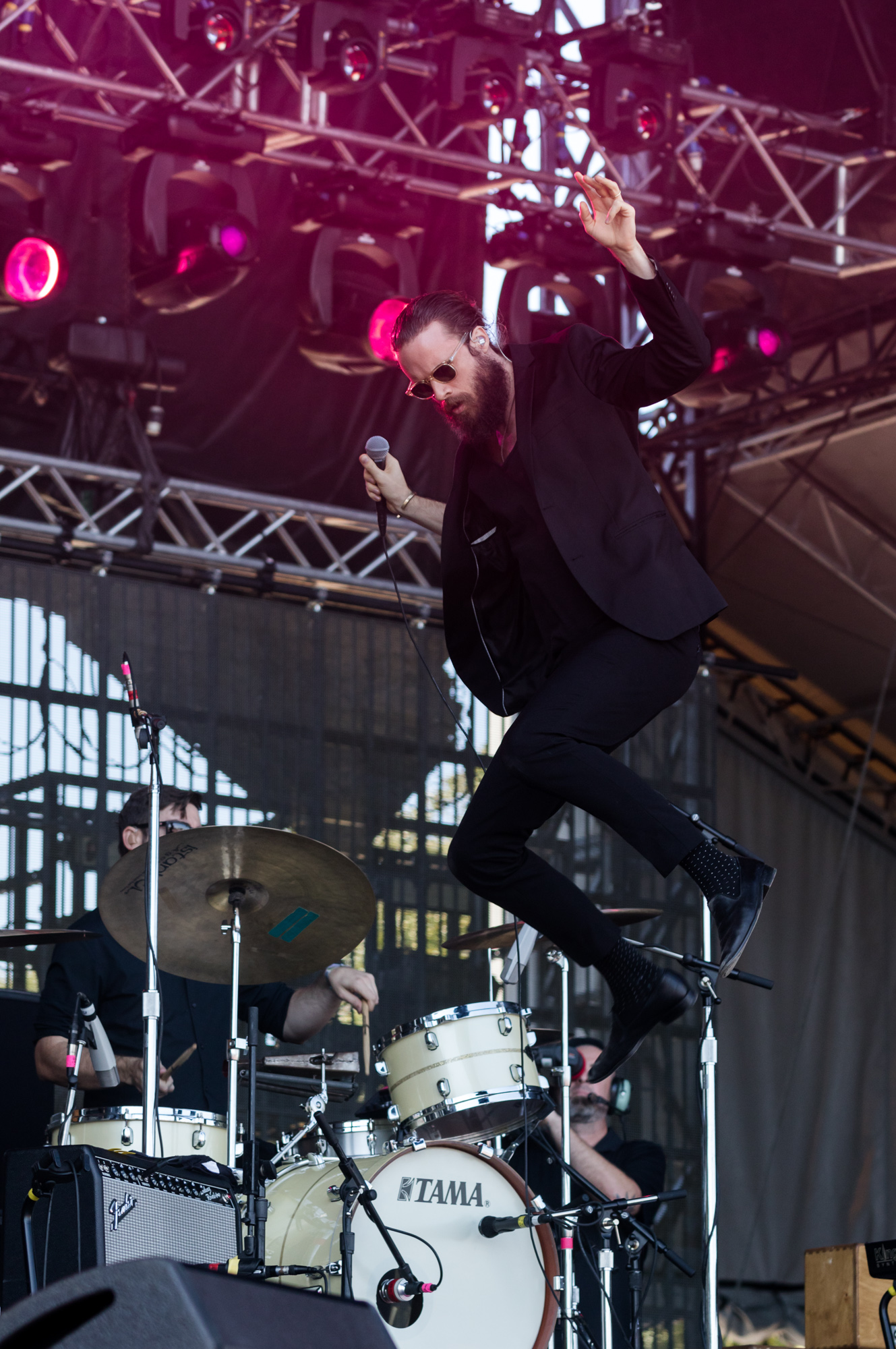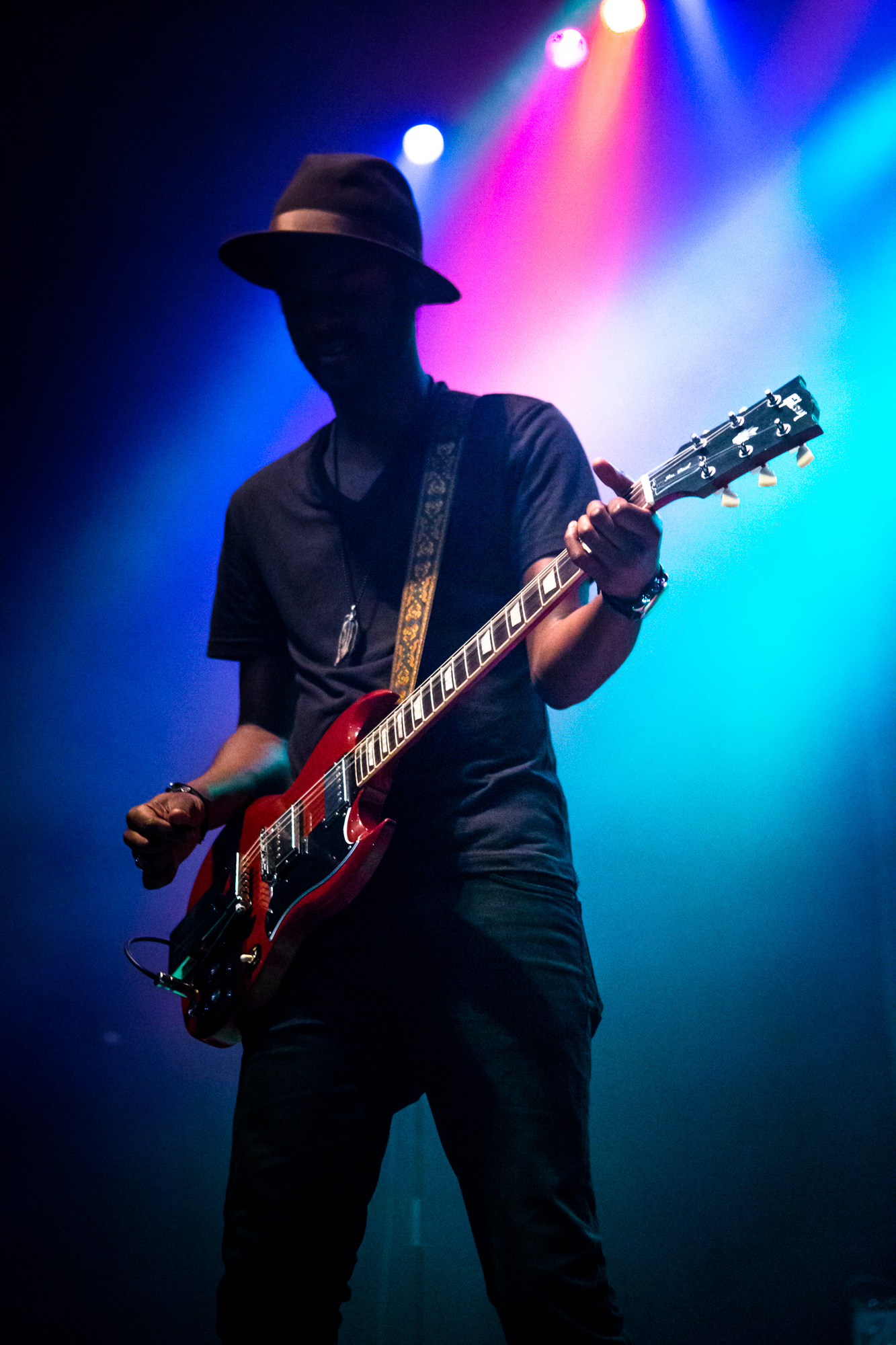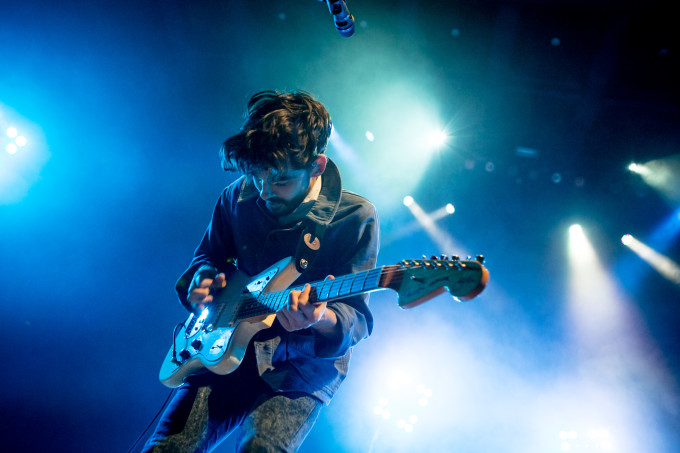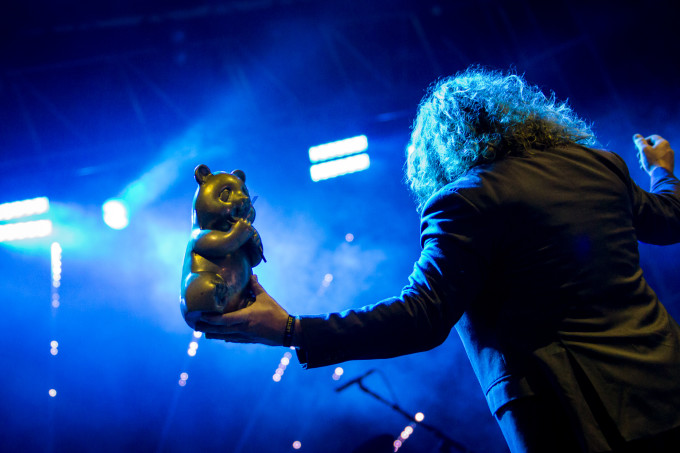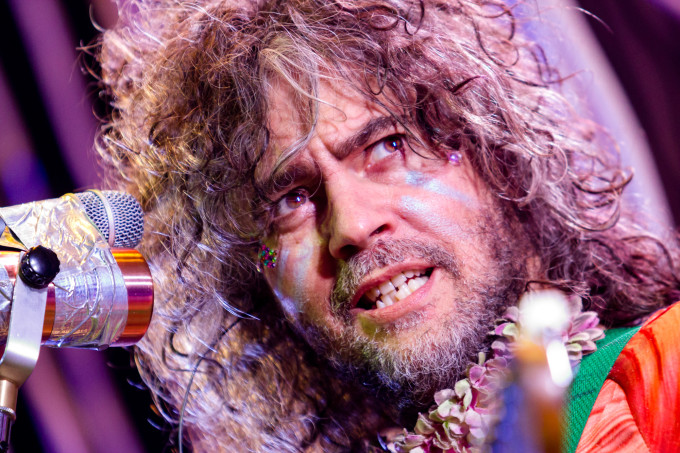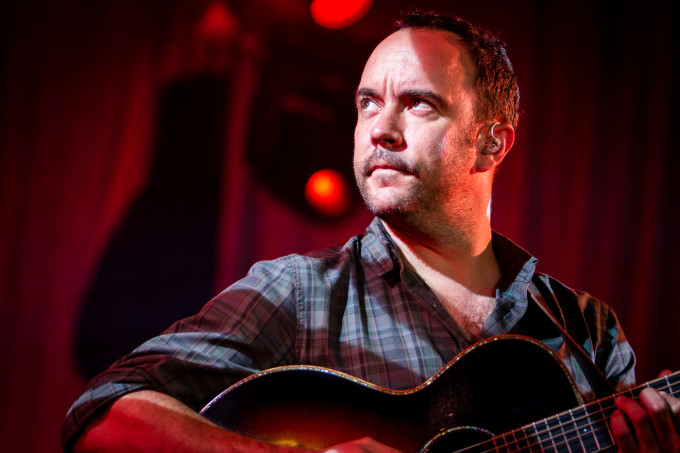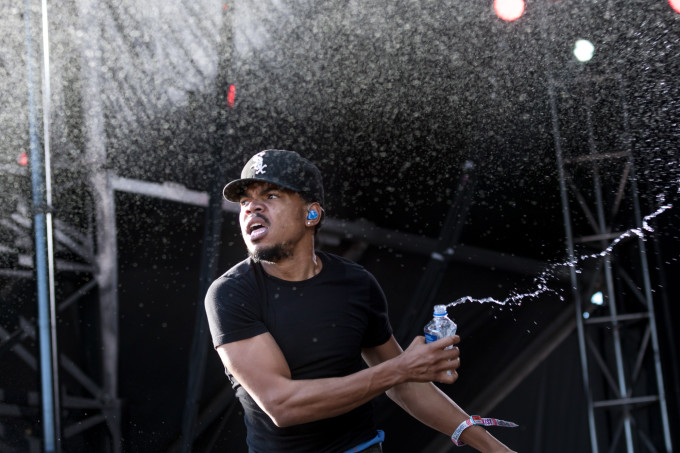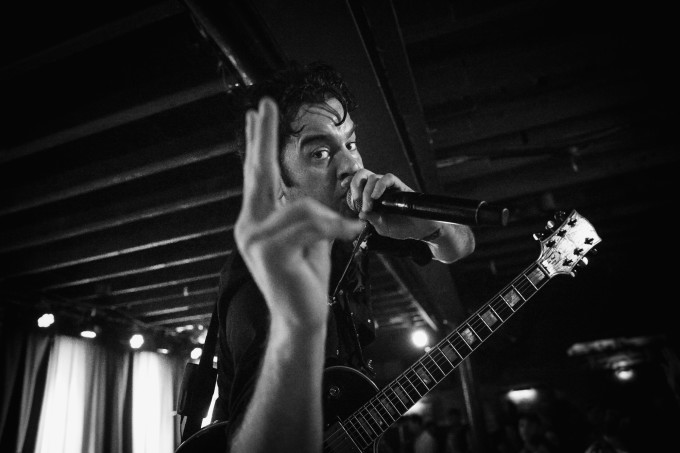
All images by Tim Bottchen. Used with permission.
Photographer Tim Bottchen is based out of St. Louis, Missouri. He got into photography at a very young age when he Dad was fascinated by it. The art influence continued into his college years where he received a Bachelors of Fine Art in Graphic Design and started working on multiple global brands at an Ad Agency as an Art Director. After a decade of big agency work, he jumped to New Balance and became their Lifestyle Photographer.
“When I’m not shooting sneakers, I’m shooting beer, concerts or classic cars.” says Tim about his concert photography. In his pitch email to the Phoblographer, he describes his work as “No flash, first three songs, fast and loud.”
Phoblographer: Talk to us about how you got into photography.
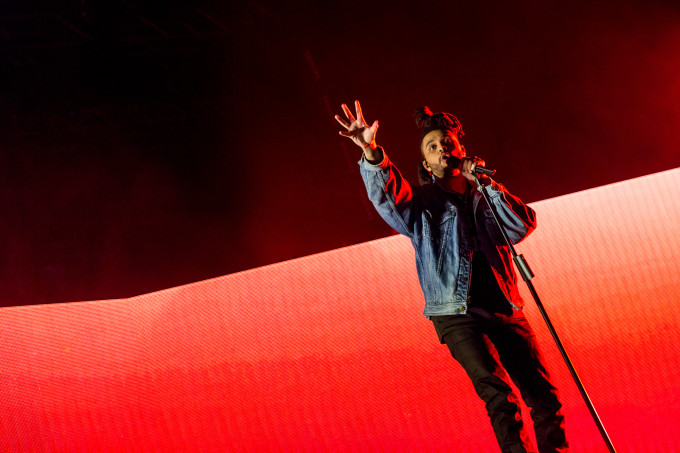
Tim: As far back as I can remember, my Dad always had his SLR around the family. I started playing with 110 cameras and disposables with my friends and then my parents bought me my first 35mm when I was a teenager. My first SLR came when I was taking photography classes while receiving a Bachelors of Fine Art in Graphic Design. From there I started mixing film and digital while working on different global brands at an Ad Agency as an Art Director. After a decade of big agency work, I jumped to New Balance and became their Lifestyle Photographer. When I’m not shooting sneakers, I’m shooting concerts or beer.
Phoblographer: What got you into shooting concerts?
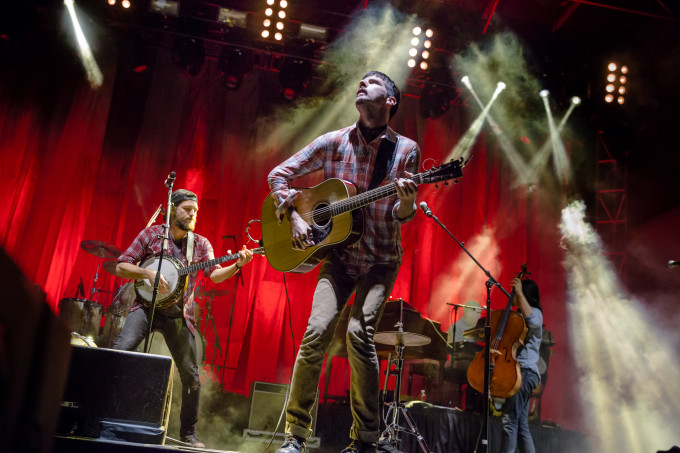
Tim: This would be about four years ago. I was chatting photography with my cousin who is the house shooter at an Amphitheater in our area. He suggested we go shoot a club show together so I took him up on his offer. This was Rusted Root at The Old Rock House. We met there early and he was setting up the situation and loading me up with pointers, I remember being pretty timid in the crowd, fumbling with my camera in the dark and watching him as much as I was watching the band. It was an incredible experience that produced a lot of dark blurry photos. I was hooked. I wanted to do it again and get better at it so I started hitting some smaller shows in clubs around my area. I started meeting people and getting in touch with editors/publications – been rolling since. It’s the perfect mix of Music and Photography.
Phoblographer: Concert Photographers are an interesting bunch. You said you don’t use a flash and so it’s usually about anticipating the moment. What are big things that you’ve learned over the years shooting concerts and creating better photos of musicians in their element?
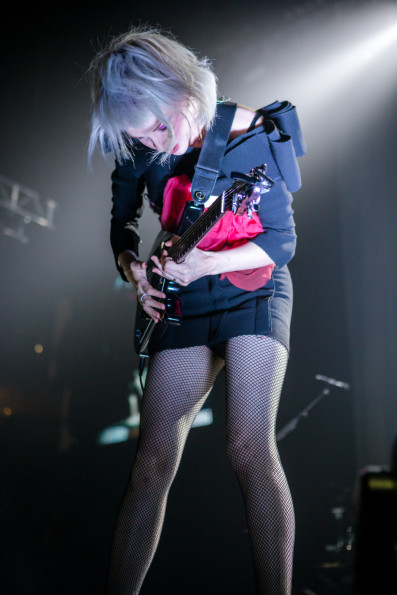
Tim: Correct, no flash and the first three songs. It is about anticipating the moment – reading the artist, their interaction with the crowd, how the lights are hitting the stage, and being familiar enough with the music to have a feel for what’s coming next.
Some things I’ve learned:
- How to blindly dial in my settings
- To try and peek at the setlist – helps if you are tall
- Not to be afraid of high ISO
- When to not follow the pack in the pit
Phoblographer: Lots of musicians have their own specific movements and body language, but have you ever encountered anyone that was really difficult and always unpredictable? How did you adapt?
Tim: I wouldn’t say I have shot anyone that was always unpredictable, you should hopefully be able to predict something by the third song, but I have definitely shot some difficult stage performances. In those cases you usually have some things that tip you off in the opening – lights are low and the artists are staying back from the front of the stage, or the opposite – there is a big explosion, the lights and artists are all over the place. In these cases I tend to step back and get to the side of the pit to try and observe and shoot wide and look for the slightest bit of repetition. This way I can sort of make a game plan on the fly and know where I will be moving in relation to the artists movements.
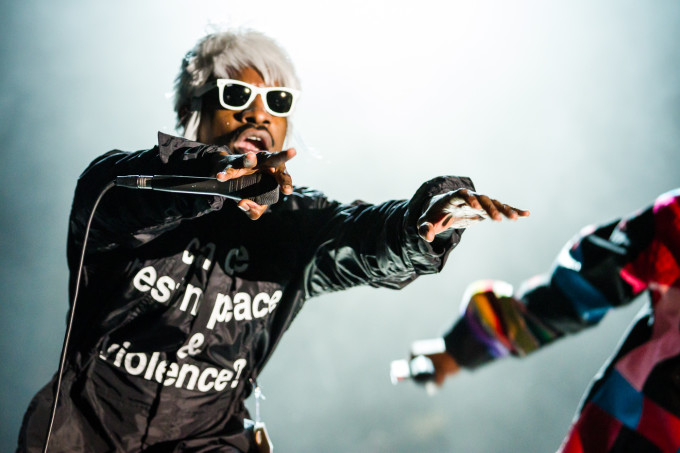
Phoblographer: Talk to us about the gear that you’re using these days and how you feel it helps you achieve the photos you want and need.
Tim: I shoot Canon, and I shoot with two setups that differ from time to time. Full frame (5DIII or 6D) with 24-70mm f/2.8. And then either a crop body (7DII) or full frame with the 70-200mm f/2.8. The combination of a crop sensor with the 70-200mm is great for getting close ups, but sometimes the venue does not call for that much reach. The high ISO capabilities of the 6D are incredible. Pair that with the recovery that is possible in Lightroom and you can shoot in the dark, almost.
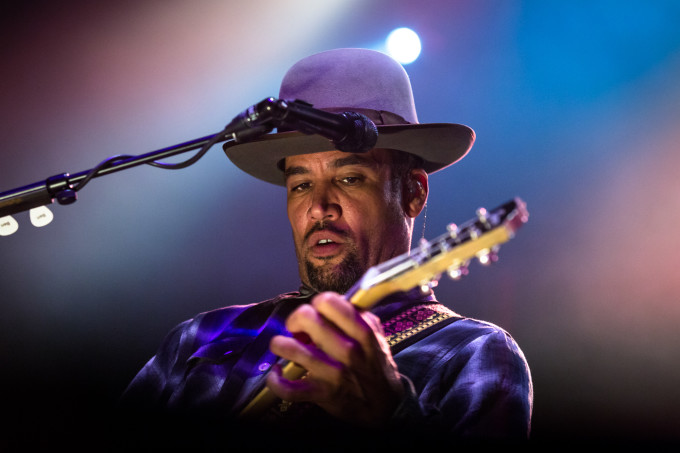
Phoblographer: What’s the business side like these days? You shoot concerts, but do you also shoot tours and commissioned portraits of musicians?
Tim: The business side is mostly interacting with publications, media outlets, tour managers and venues. It’s always good to keep track of commissions and releases so that you are prepared for further conversations after the show. No, I haven’t shot any tours. Portraits of musicians have popped up over the years but they are usually at the request of the publication – not commissioned by the band themselves.
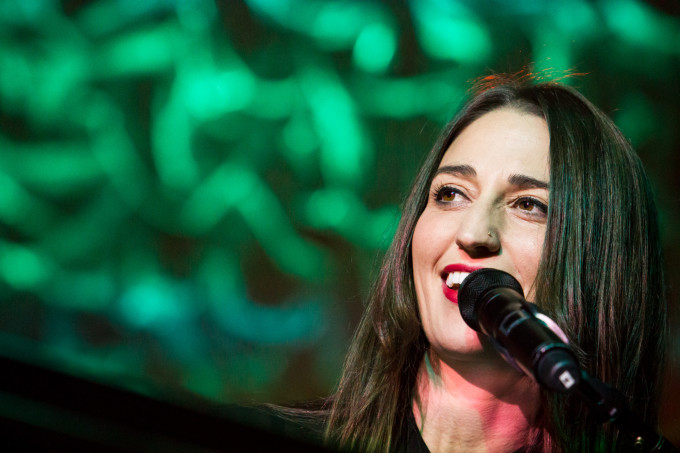
Phoblographer: Every photographer knows that this business is all about networking, so how did you go about getting your start in the commercial side of concert photography?
Tim: I don’t know if I would call it “the commercial side” of concert photography, but yes, networking. Like I mentioned before, my cousin has been, and still is a great mentor. I have met many people in the industry through him. I have also met a lot of other great people that have become friends. Some just by shooting next to another photographer at a show, bumping into an editor in between sets at the bar, lighting directors emailing about photos, tour managers coming back through town, etc.
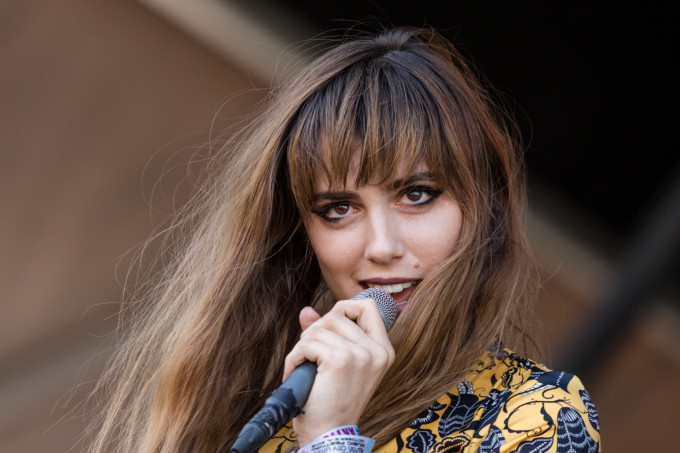
Phoblographer: Where do you want your concert photography and business to be in one year and how are you planning on getting to that stage?
Tim: Each day there more shooters jumping through more hoops in an attempt to shoot artists that will enforce more restrictions on their photography. You can argue any which way, but it is a changing landscape that seems to be harder to navigate. I want to be able to shoot the shows and festivals that I would normally be attending as a fan.
